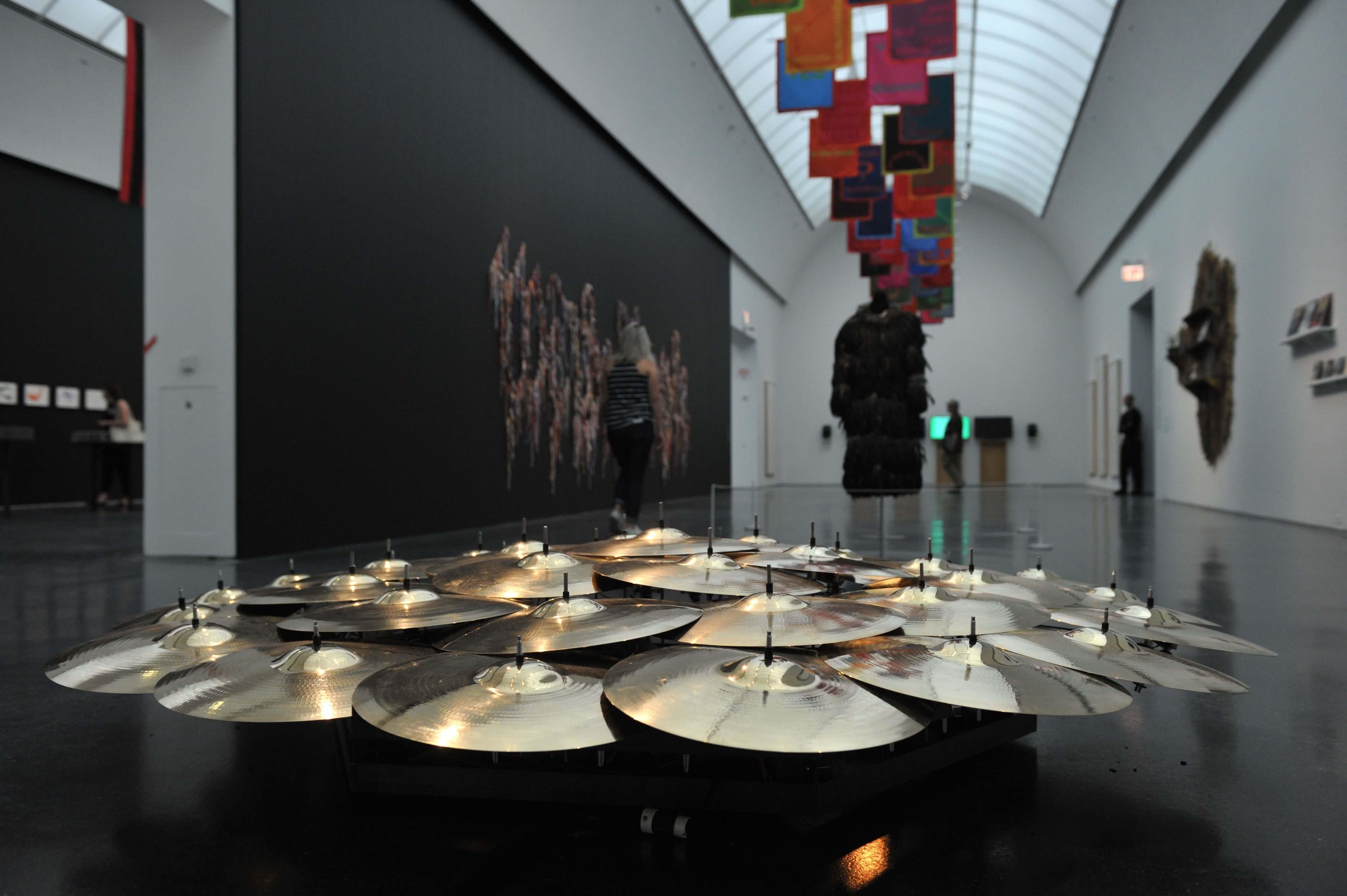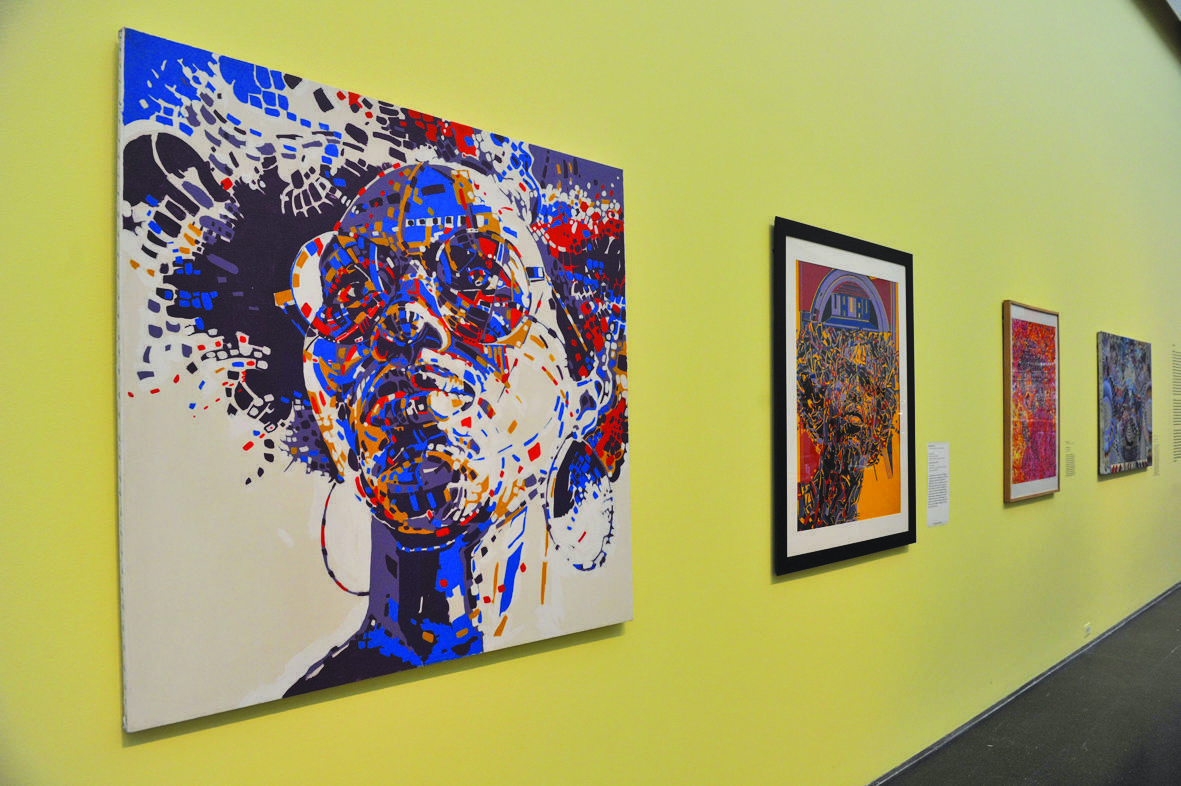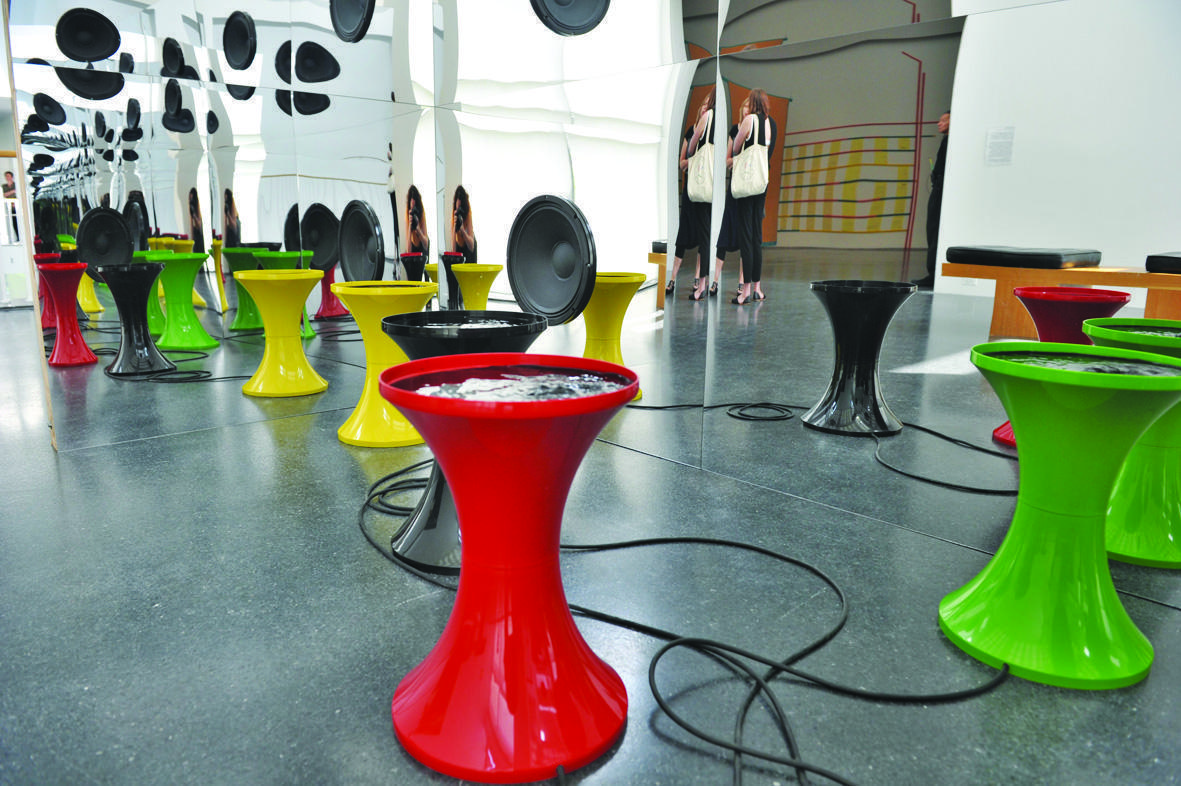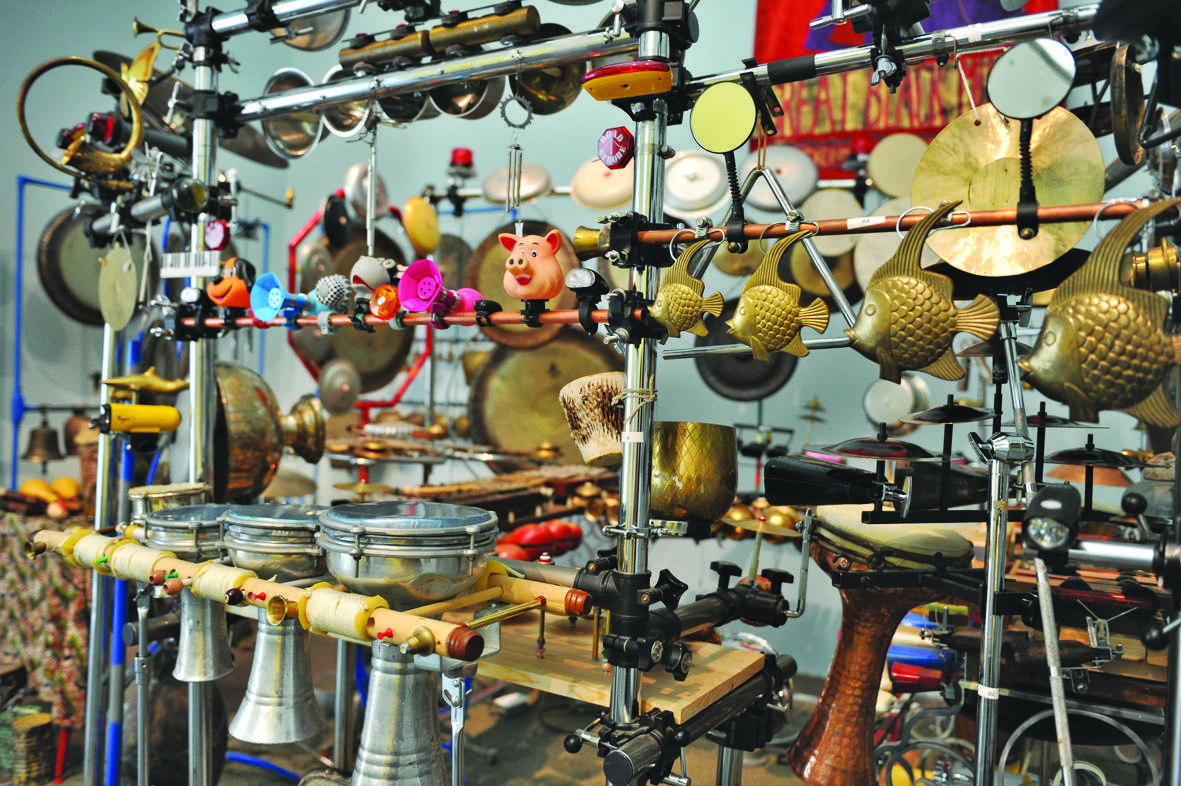US jazz exhibit opens with 'music you can see'
CHICAGO - Agence France-Presse

AFP Photos
Experimental jazz collides with avant-garde visual pieces in a vibrant exhibit which opened on July 11 at the Museum of Contemporary Art Chicago.The Freedom Principle, as the exhibit is called, includes a series of concerts that will culminate in a 25-hour marathon performance when it closes in November.
It combines works by progressive black artists of the 1960s, who were influenced by the creative collaboration and improvisation of experimental music, with pieces by contemporary artists from around the world.

Curator Dieter Roelstraete began thinking about how to put on an exhibit exploring Chicago’s rich jazz heritage soon after he moved to the Windy City from Belgium in 2012.
“This city is home to some of the greatest jazz musicians the post-war era has ever seen,” Roelstraete said following a performance by Chicago legend Phil Cohran at a press preview. “I really feel like I’m in the presence of history because of the people assembled here in this room, both physically and spiritually.”
One of the major works on display is an elaborate percussion set used by the Art Ensemble of Chicago that includes bicycle horns shaped like animals, cymbals and bells, all of which could fill a small room.
Richly colored paintings by members of AfriCOBRA, the African Commune of Bad Relevant Artists, and painted costumes also fill the gallery.

The works reflect “a moment of black cultural nationalism” which emerged during the Civil Rights Movement, curator Naomi Beckwith said.
“It was an amazing time, a time to imagine a new world for ourselves, and artists at that time were also creating new forms of music and culture,” she said.
The exhibit coincides with the 50th anniversary of the Association for the Advancement of Creative Musicians, a renowned Chicago collective which expanded the boundaries of jazz and still actively supports the performance, teaching and composing of experimental music.
Longtime AACM members Douglas Ewart and George Lewis collaborated with sound artist Douglas Repetto to create an installation entitled Rio Negro which uses carved bamboo rain sticks, chimes, mobiles and richly smelling earth to form an almost mystical environment.

“It’s a piece for contemplation,” Lewis said. “The best thing to do is sit down or walk through it and let the sounds wash over you.”
The choice of a new work by a French artist to mark the transition from the historic to the contemporary has a satisfying degree of poetic justice, Roelstraete said.
“In the late ‘60s and early ‘70s jazz critics would ridicule experimental musicians by describing their fan base as exclusively French,” he said.
Lili Reynaud-Dewar’s sound installation, “La Grande Oreille,” pays homage to her father’s record store and doubles as a jukebox for the exhibition.
Colorful stools were transformed into bubbling fountains which are reflected in three mirrored walls holding huge speakers.
“I spent a lot of time in the shop with my dad,” she said. “He had these private little cabins that you could lock yourself in and listen to the music. They had these stools and people did disgusting things on those stools, but that’s another story.”

















